8 Types of Dog Collars: A Guide to Finding the Right Fit
Dog collars serve various purposes, from training and walking to identification and style. Here’s a detailed overview of the different types of collars to help you choose the best one for your dog:
1. Everyday Collars

Everyday collars are available in numerous styles, materials, and colors. These typically feature metal buckles or quick-release clasps. Buckle collars are often preferred for their durability, especially for stronger dogs, while quick-release clasps offer convenience but may be less sturdy. Common materials include leather, nylon, and cotton. It’s essential to have a name tag with up-to-date contact information on your dog’s collar in case they get lost.
2. Chain Slip Collars
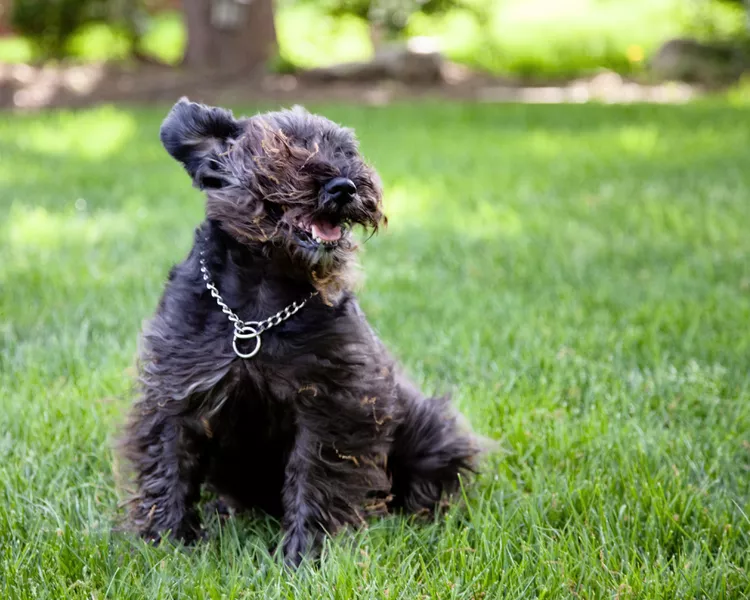
Also known as choke chains, these collars were designed to help train dogs by providing corrections through tightening. However, they are now discouraged by most veterinarians and animal behaviorists due to the risk of causing injury or distress. Choke chains can harm a dog’s neck and are particularly dangerous for small breeds or dogs with respiratory issues. They should never be used as a permanent collar and should not be left on an unattended dog.
3. Metal Prong Collars

Metal prong collars, or pinch collars, were once used for dogs that pulled on the leash. They consist of metal prongs that pinch the dog’s neck to correct behavior. However, most animal experts now advise against their use due to potential pain and injury, as well as the reliance on punishment rather than positive reinforcement. These collars can also lead to behavioral issues and should be used with caution, if at all.
4. Smart Collars
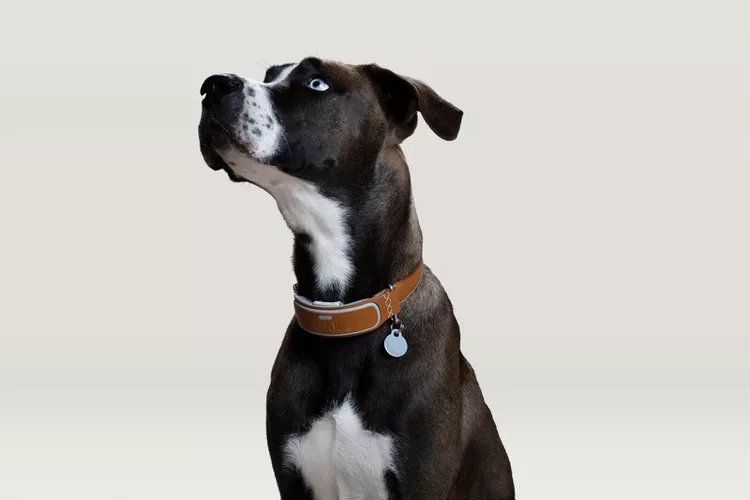
Smart collars incorporate technology to offer various features such as GPS tracking, behavior monitoring, and health tracking. They are often compatible with smartphone apps and may include additional functionalities like waterproofing and Wi-Fi coverage. For example, the Link AKC Smart Collar allows for tracking activity and health metrics.
5. Martingale Collars

Martingale collars, also known as limited slip or greyhound collars, are designed to prevent dogs from slipping out of their collars. They tighten slightly when the leash is pulled but have a built-in stop to prevent excessive tightening. Ideal for dogs with narrow heads and wide necks, like greyhounds, Martingale collars are often made of nylon and come in various designs.
6. Head Collars
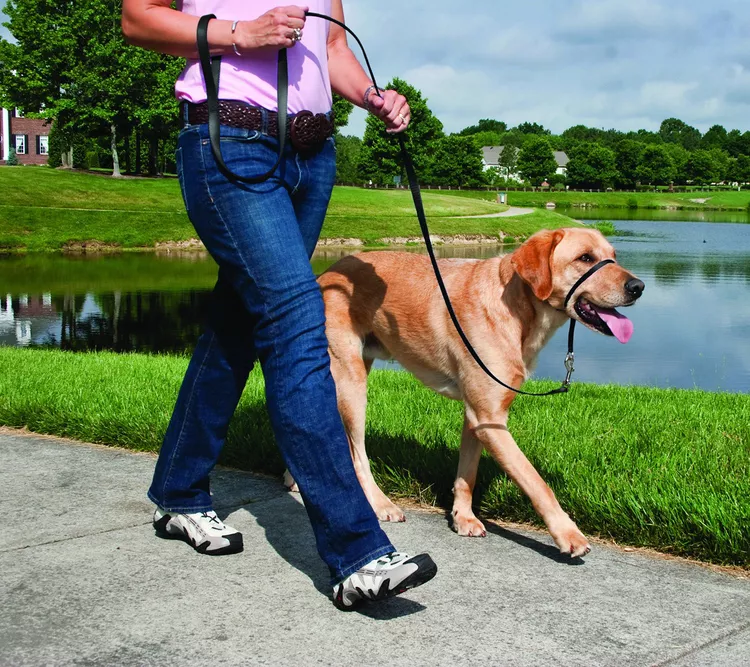
Head collars, or halters, help train dogs to walk on a leash and encourage better control by focusing on the dog’s head. They are similar to harnesses but for the head and can redirect the dog’s behavior when needed. They are preferred by many trainers for their positive reinforcement approach. However, they should not be left on unattended dogs as they may be able to back out of some head collars.
7. Harnesses
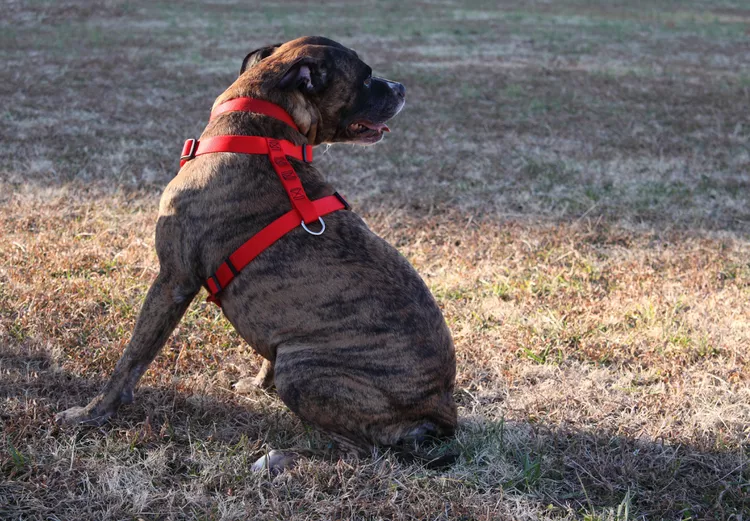
Harnesses are designed to fit around a dog’s chest and abdomen, reducing pressure on the neck. They are ideal for dogs that pull or have medical issues related to the neck or airway. While not typically used for training, some harnesses, like the Easy Walk Harness, are designed to discourage pulling by clipping at the front of the chest.
8. Dog Show Collars
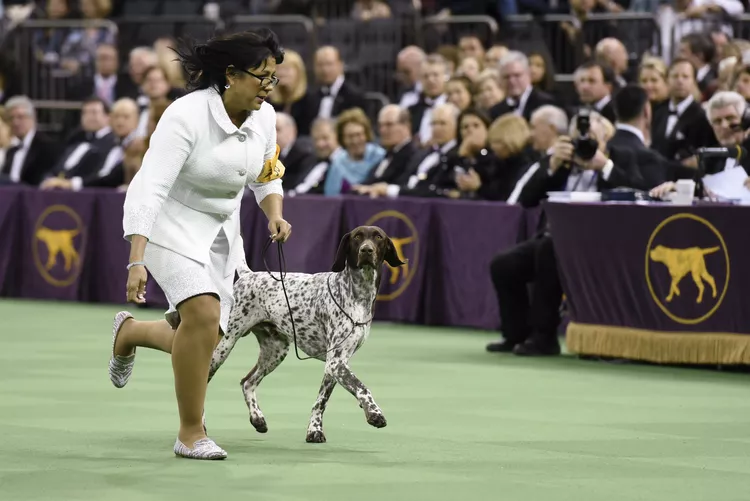
Dog show collars are often used in competitive settings and can be made from braided materials like leather, nylon, or metal. Unlike chain slip collars, show collars are intended to be used under supervision and can tighten slightly around the dog’s neck. Martingale leads are a variation that combines a collar and lead, commonly used in dog shows to keep the collar in place and prevent slipping.
Each type of collar has specific applications and benefits. Consider your dog’s needs and consult with a veterinarian or professional trainer to choose the most suitable collar for them.




